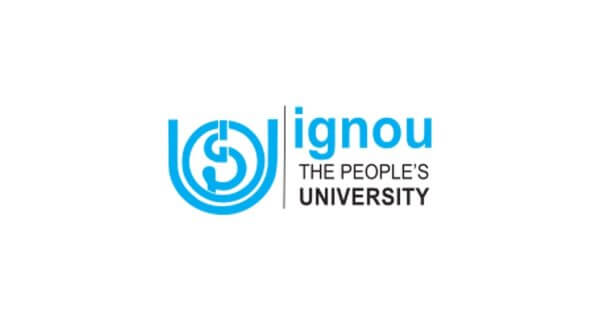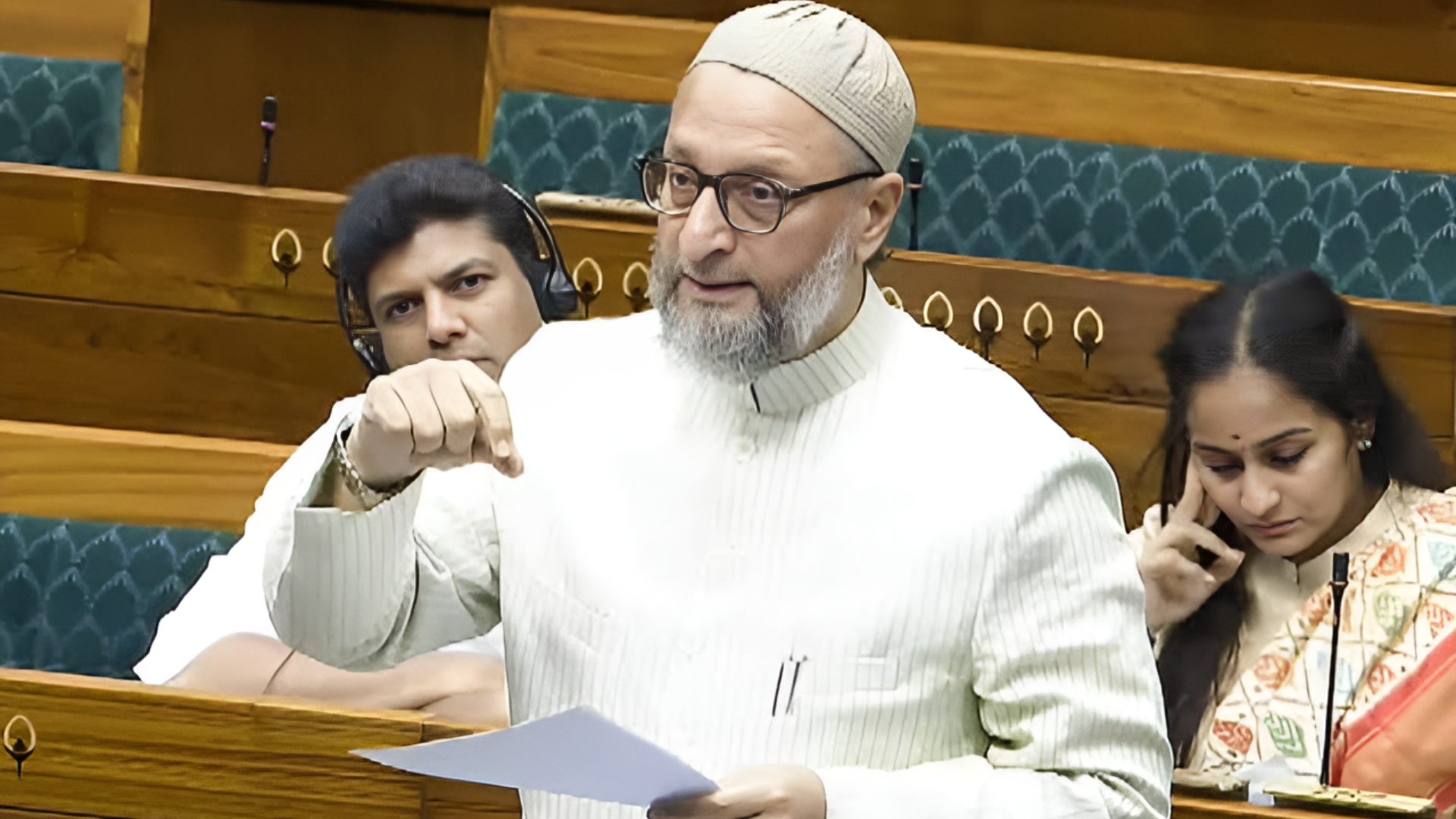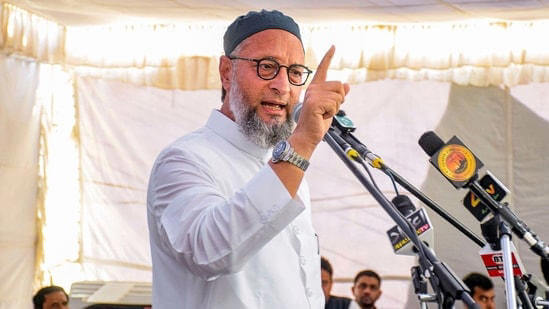US colleges struggle after sharp drop in international student enrolment
Sun 31 Aug 2025, 00:38:34

College by college, institutions around US are seeing their financial models disrupted by the drop in international student enrolment. The issue has come into sharper relief this fall, as schools that rely on foreign students for fiscal steadiness are reporting precipitous declines in enrolment, necessitating reductions and recasting plans.
Indians are among the students who bring major revenue to US institutions, but Trump-era policies have pushed many to explore other study-abroad options.
The Indian student community also makes up a key part of the US workforce.
The present context is not favouring this trend, and experts believe it will impact the future, including India-US relations.
For most institutions, especially small public colleges and private schools with modest endowments, the problem is not theoretical.
International students provide something more than merely diversity; they generate tuition income that frequently keeps the academic bottom line in the black.
Unlike domestic students,
who might receive grants or in-state discounts, international students typically pay full freight.
who might receive grants or in-state discounts, international students typically pay full freight.
In effect, they cross-subsidise scholarships, programmes, and operating costs that benefit the student body at large.
The University of Central Missouri is a case in point. With a small endowment and tuition its main source of income, the institution has felt the pinch.
Foreign students accounted for almost a third of its student body but visa barriers and policy changes trimmed the intake by nearly half.
The deficit directly went to translate into budget reductions, ranging from salary raises to staff members to projects on campus.
This is not a solitary tale. Over 100 US colleges claim that foreign students comprise more than 20% of their enrolment while working with endowments less than $250,000 per student.
Small Christian colleges, regional universities, and certain mid-sized institutions are included in this group, whereas larger universities with increased international reach also feel the strain.
No Comments For This Post, Be first to write a Comment.
Most viewed from Edu and Jobs
AIMIM News
Latest Urdu News
Most Viewed
May 26, 2020
Where should be the burial of the pilgrims martyred in the Saudi Arabia bus accident?
Latest Videos View All
Like Us
Home
About Us
Advertise With Us
All Polls
Epaper Archives
Privacy Policy
Contact Us
Download Etemaad App
© 2025 Etemaad Daily News, All Rights Reserved.


.jpg)




.jpg)
.jpg)
















.jpg)
.jpg)
.jpg)


